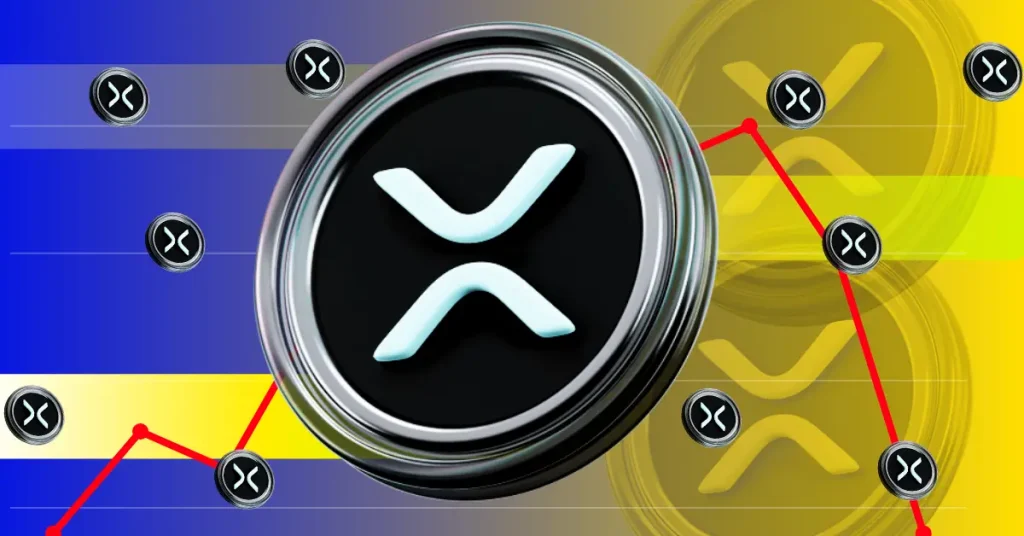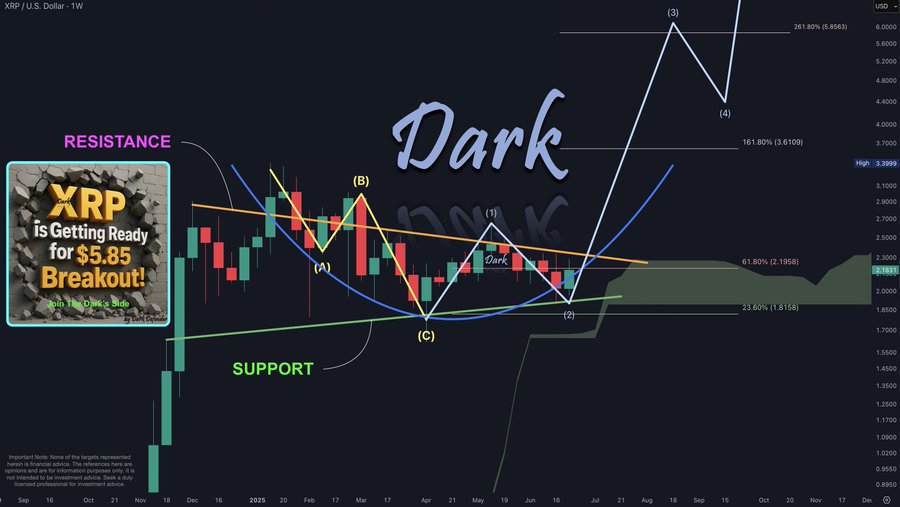
The post SEC’s July 10 Meeting Could Be a Turning Point in Ripple vs SEC Lawsuit appeared first on Coinpedia Fintech News
The U.S. SEC has announced a closed-door meeting scheduled for July 10, reigniting speculation around the long-standing XRP lawsuit. The official agenda mentions “enforcement matters,” prompting hopes that this could mark a significant development, possibly even the end of the SEC’s appeal against Ripple Labs.
While nothing has been confirmed, the crypto community is watching closely. A decision to withdraw the appeal could drastically affect XRP’s legal standing and market price, potentially ending years of legal uncertainty.
Are Legal Experts Warning Against Getting Too Excited?
Former SEC lawyer Marc Fagel has thrown cold water on the excitement. He reminded followers that such closed-door meetings are often routine and rarely involve major announcements, especially over the weekend. “The SEC isn’t in the office on Saturdays,” he emphasized on X, addressing rumors that a weekend decision could be imminent.
Is a Saturday Appeal Withdrawal Even Possible?
Despite the skepticism, some users argue that it is legally possible for the SEC to withdraw its appeal on a Saturday. One user, unknowDLT, pointed this out and even noted that ChatGPT confirmed this possibility.
Could XRP Be Tied to a Larger Financial Shift?
The XRP community remains hopeful. One crypto user speculated that if the Ripple case concludes soon, it might align with broader financial infrastructure upgrades—specifically, Fedwire’s move to a Distributed Ledger Technology (DLT)-based system and adoption of ISO 20022. “The price of XRP will be impacted and will FLY to prices we cannot understand now,” the user claimed.
Will a Ripple Lawsuit Dismissal Usher in a New Financial Era?
Another X user, Jazzy Q, believes that Fedwire’s upgraded system will go live on July 14, with all components activated by midnight this Friday. He speculates that the Ripple lawsuit will be dropped on Saturday, potentially triggering a market crash. According to him, Monday could mark the beginning of an entirely new financial system.
What Happens If the SEC Stays Silent?
Not everyone is optimistic. Some fear that if the SEC does not make a decision soon, XRP holders may once again be “screwed by the government in a plausibly deniable manner.”
What’s Next for XRP and Ripple?
As anticipation builds, the crypto world is laser-focused on the SEC’s July 10 meeting. Whether it brings a legal breakthrough or proves to be just another routine discussion, it could offer valuable clues about the future of XRP and Ripple’s long-standing regulatory battle.
Never Miss a Beat in the Crypto World!
Stay ahead with breaking news, expert analysis, and real-time updates on the latest trends in Bitcoin, altcoins, DeFi, NFTs, and more.
The post SEC’s July 10 Meeting Could Be a Turning Point in Ripple vs SEC Lawsuit appeared first on Coinpedia Fintech News
The U.S. SEC has announced a closed-door meeting scheduled for July 10, reigniting speculation around the long-standing XRP lawsuit. The official agenda mentions “enforcement matters,” prompting hopes that this could mark a significant development, possibly even the end of the SEC’s appeal against Ripple Labs. While nothing has been confirmed, the crypto community is watching …







